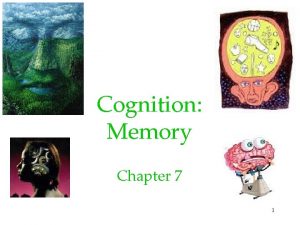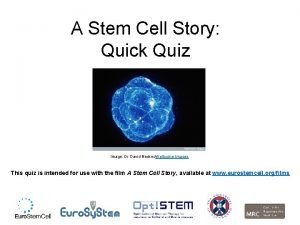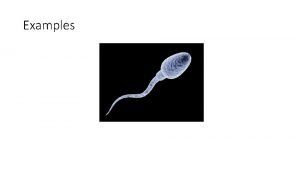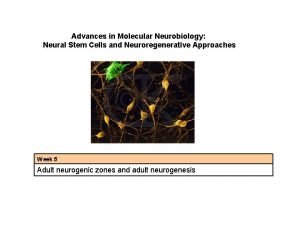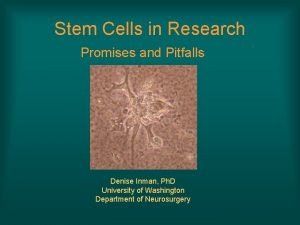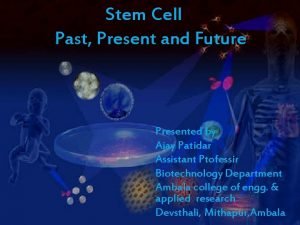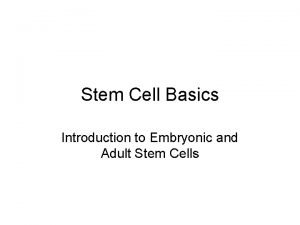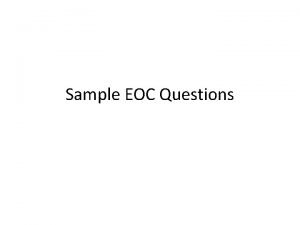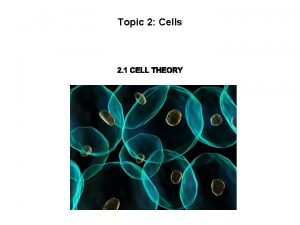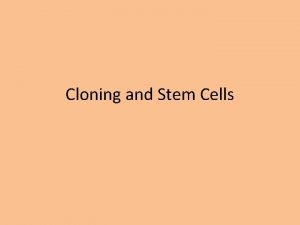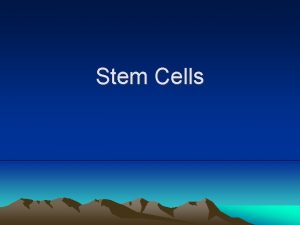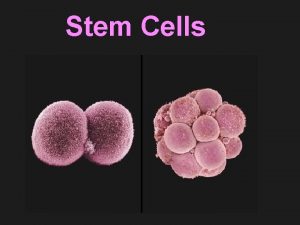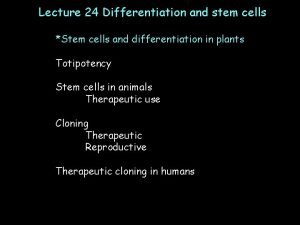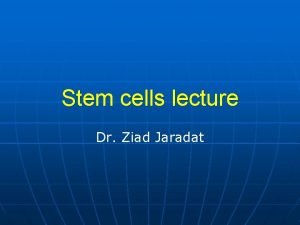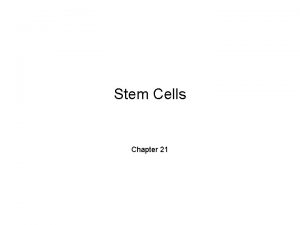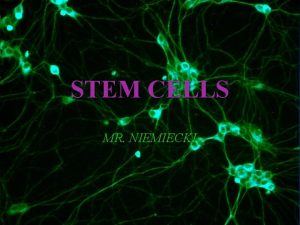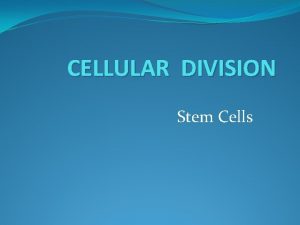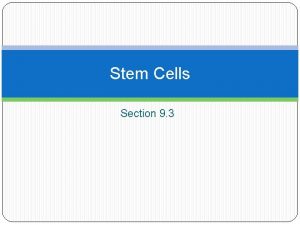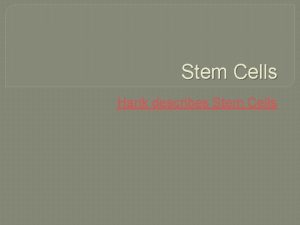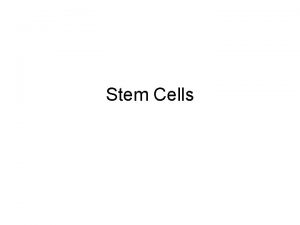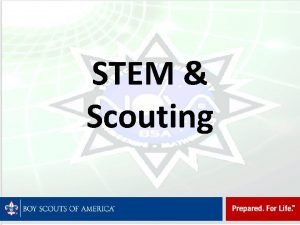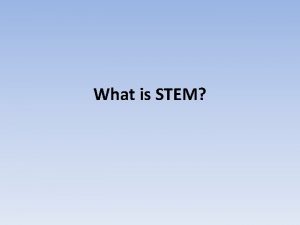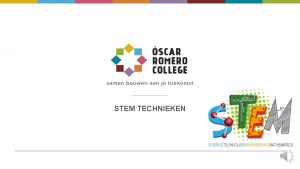The Science of Stem Cells Methods Media Misinformation



























- Slides: 27

The Science of Stem Cells: Methods, Media Misinformation, and Morality By Group J Risa Kuroda, Alyssa Savery, Winthrop Homer, Berent La. Brecque, William Schloth, and Eileen Corkery

Clicker question: From what you have learned in class so far, do you have a moral objection to stem cell research? A) No, I am in favor of all types. B) I only support stem cells made without an embryo (ie adult, induced pluripotent, etc) C) Yes, I am against all types of stem cell research D) Undecided

What are Embryonic Stem Cells? • • Derived from the inner cells of a blastocyst (usually 3 -5 days old). Produce pluripotent stem cells. o Cells produced for 3 different germ cells o Endoderm: Pancreas, gut o Mesoderm: Bone marrow, skeletal o Ectoderm: Skin, neurons

Adult Stem Cells • • Limited ability to give rise to various cells than embryonic stem cells. Found small numbers in most adult tissues. Previously, scientists thought that adult stem cells could create only similar cells. Now, researchers realized adult stem cells may be able to create unrelated cells.

Induced Pluripotent Stem Cells • • • Somatic cells transformed into stem cells. o These cells act similarly to embryonic stem cells. This new technique will be used instead of embryonic stem cells. Success o take connective tissue cells and reprogram them to become functional heart cells.

Perinatal Stem Cells • • • Stem cells in amniotic fluid and umbilical cord blood. o They could change into specialized cells. Amniotic fluid o fills the sac that surrounds and protect the fetus. o identified stem cells drawn from samples of amniotic fluid in a pregnant woman during amniocentesis. § a test conducted to test for abnormalities Umbilical Cords o Less frequently rejected

Clicker question Where do embryonic stem cells originate from? A) Inner cell mass of a blastocyst B) Somatic cells C) Outer two layers of a blastocyst D) Nowhere; embryonic stem cells are a myth

Embryonic Stem Cells From Acid • • • Haruko Obokata, Researcher in Kobe, Japan Stem cells made without an embryo or genetic material Organs and tissues could be grown from patient’s own cells

Obokata’s Process • White blood cells brought to the brink of death. o • Some reverted into a state equivalent to embryonic stem cells When placed in growth promoting solutions o Grew into skin, bone, etc. just like embryonic stem cells

The Groundbreaking Impact • • • Ethical concern with using embryos More efficient and cost effective Less Risk- induced pluripotent stem cells

Why was the study published if it was A Japanese government released the fraudulent? following statement about the forged research: “In manipulating the image data of two different gels and using data from two different experiments, Dr. Obokata acted in a manner that can by no means be permitted. This cannot be explained solely by her immaturity as a researcher. Given the poor quality of her laboratory notes it has become clearly evident that it will be extremely difficult for anyone else to accurately trace or understand her experiments, and this, too, is considered a serious obstacle to healthy information exchange. Dr. Obokata’s actions and sloppy data management lead us to the conclusion that she sorely lacks, not only a sense of research ethics, but also integrity and humility as a scientific researcher. ”

Examples of other fraudulent stem cell studies: -Hwang Woo-suk, a South Korean researcher published 2 articles in Science in 2004 and 2005; he claimed to have created human embryonic stem cells by cloning -Shoukhrat Mital, a researcher from the Oregon Stem Cell Center, also claimed to create embryonic stem cells through cloning in 2013 in Cell - Mital stated that research was rushed in order to meet publication deadlines; the scientific community was shocked that Cell accepted the paper in just 3 days

Video https: //www. youtube. com/watch? v=T 4 WDZ 8 DO 1 Zw

Stem Cells + Regenerative Medicine -Regenerating Organs: A patient’s own cells can be used to grow organs, thus minimizing mortality due to donor organ rejection and shortage.

Stem Cells + Regenerative Medicine -myocardial infraction -Also treat: spinal cord injuries, type 1 diabetes, Parkinson’s, Alzheimer’s, burns, cancer, and

Further innovation -“Mini heart” example

Other Pros to Stem Cell Research -Increase understanding of how diseases occur -Test new drugs for safety and effectiveness

Clicker question: Would you be willing to have an organ created through regenerative medicine transplanted into you? A) Yes B) No C) Undecided

So What’s the Problem? What You May Know. . . There is a great deal of religious controversy surrounding embryonic stem cells.

Interview with a Jesuit about Bioethics Why is the Church against embryonic stem cell research? -The Catholic Church believes that life begins at conception. By removing the stem cells from an embryo, the church believes that you are destroying a human life. -The Church works to protect life from “conception to natural death” -Pope John Paul II’s Gospel of Life -www. usccb. org

Another BC Professor “I think that stem cell research can be very helpful in many ways provided that 1) No human being or anything that could become a human being is killed or allowed to die in the process of getting those stem cells and 2) As in any other serious medical procedure the next of kin (if they are known) should be asked for their permission. ”

What You May Not Know. . . • • • There is still controversy surrounding IPS Cells “Playing God” It is largely cultural

A Cultural Disconnect Public perception of Stem Cells is that of science fiction.


Stem Cell Summary: • • Stem cells are cells that have yet to be differentiated -Embryonic or adult Induced Pluripotent, Embryonic Stem Cells from Acid Issues with retractions Ethical concerns vs. medical benefits

Clicker question: From what you have learned in this presentation, do you have a moral objection to stem cell research? A) No, I am in favor of all types. B) I only support stem cells made without an embryo (ie adult, induced pluripotent, etc) C) Yes, I am against all types of stem cell research D) Undecided

Good presentations are clear, well-organized, and interesting. The best presentations are prepared with their audience in mind – you should understand it. Rate this presentation: A. B. C. D. E. There were many problems with this presentation. (2 pts. ) I had trouble understanding parts of the presentation. (4 pts. ) The presentation was OK. (6 pts. ) This was a very good presentation – clear, interesting and well-organized. (8 pts. ) This was an outstanding presentation that was well-organized, interesting and provoked good discussion. (10 pts. )
 Recall vs recognition
Recall vs recognition Misinformation effect
Misinformation effect Misinformation
Misinformation Where can scientists obtain stem cells? *
Where can scientists obtain stem cells? * Pluripotent stem cells examples
Pluripotent stem cells examples Stem cells
Stem cells Conclusion of stem cells
Conclusion of stem cells Cellpast
Cellpast Adult stem cells
Adult stem cells Classification of stem cells
Classification of stem cells A biological process that occurs in plants
A biological process that occurs in plants Outline one therapeutic use of stem cells
Outline one therapeutic use of stem cells Stem cells webquest
Stem cells webquest Stem cells specialization
Stem cells specialization Onodi cells
Onodi cells Loop of henle
Loop of henle Thyroid gland
Thyroid gland Somatic cells vs gametes
Somatic cells vs gametes Somatic cells vs germ cells
Somatic cells vs germ cells Red blood cells and white blood cells difference
Red blood cells and white blood cells difference Prokaryote vs eukaryote cells
Prokaryote vs eukaryote cells Animal rights and animal welfare venn diagram
Animal rights and animal welfare venn diagram Prokaryotic cells
Prokaryotic cells Why did robert hooke name cells “cells”?
Why did robert hooke name cells “cells”? Masses of cells form and steal nutrients from healthy cells
Masses of cells form and steal nutrients from healthy cells Pseudostratified vs simple columnar
Pseudostratified vs simple columnar 4 types of eukaryotic cells
4 types of eukaryotic cells Prokaryotic cells vs eukaryotic cells
Prokaryotic cells vs eukaryotic cells

